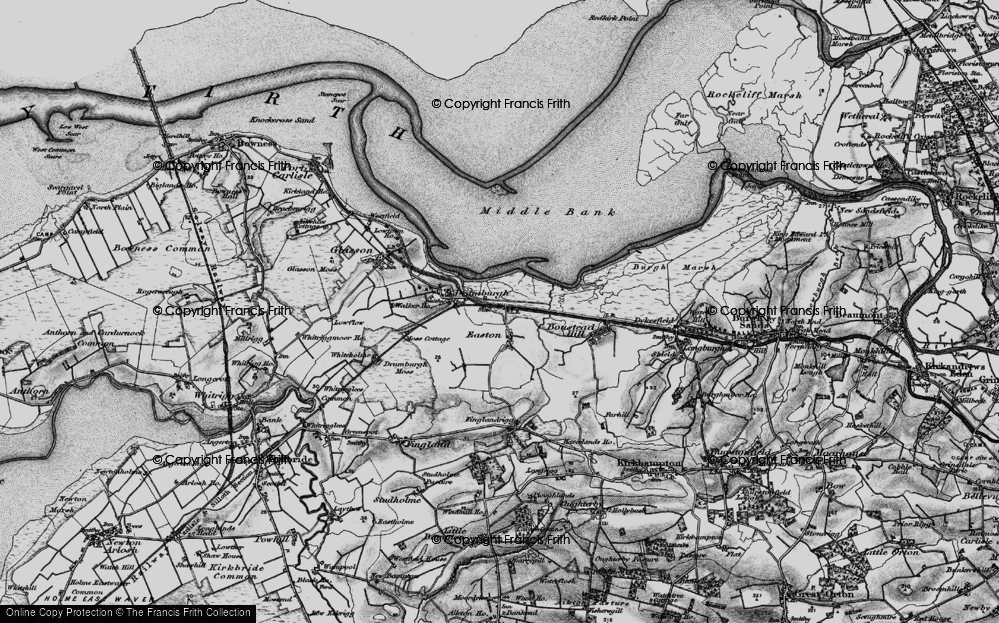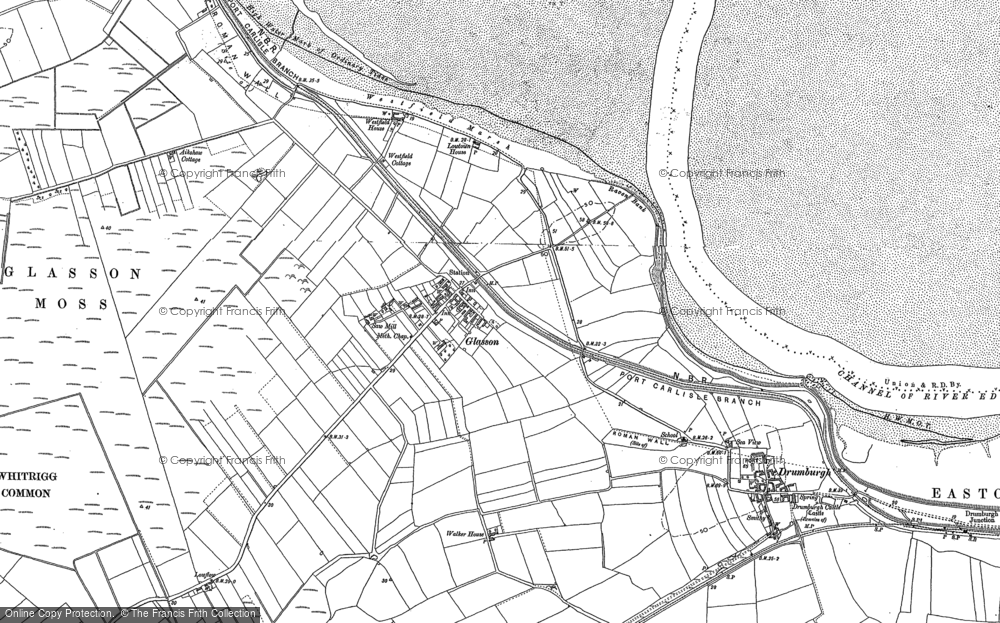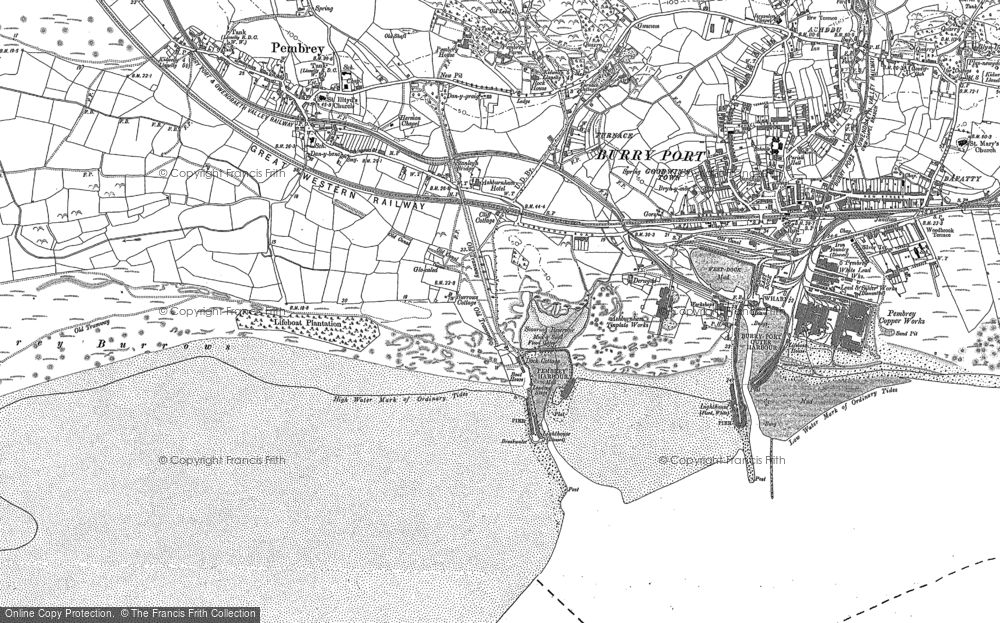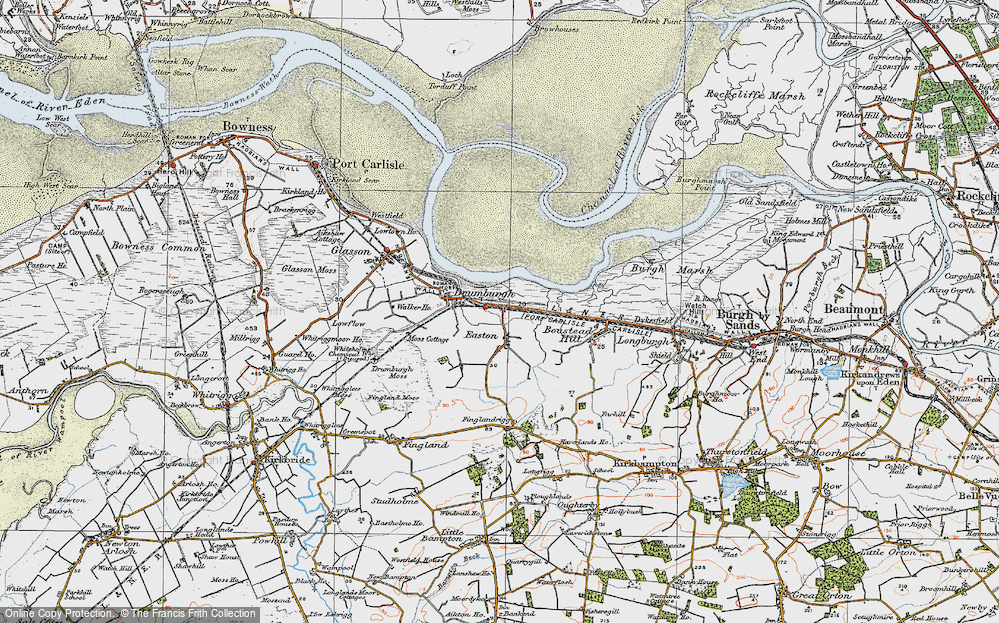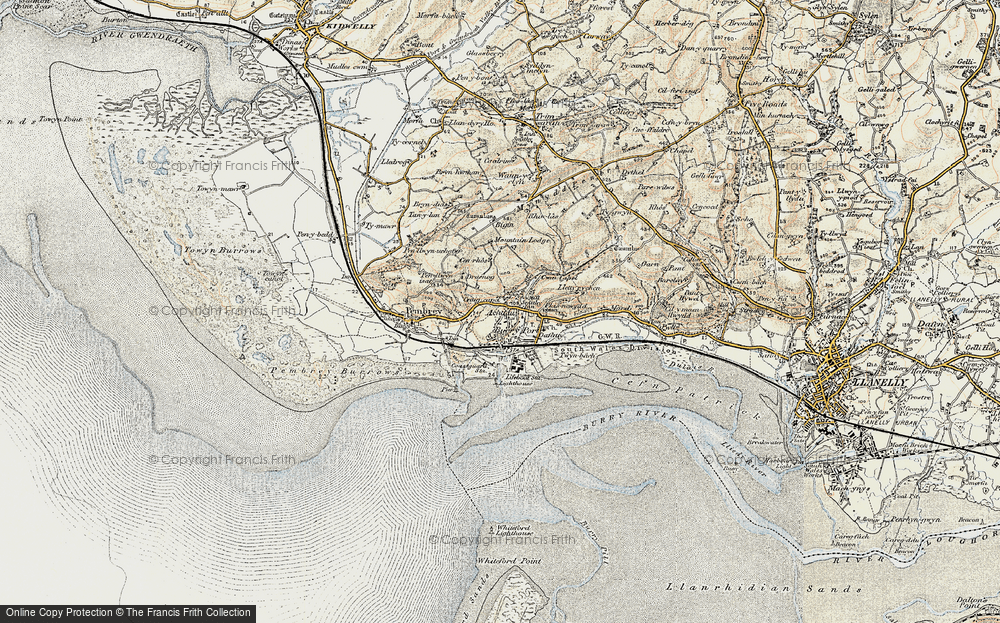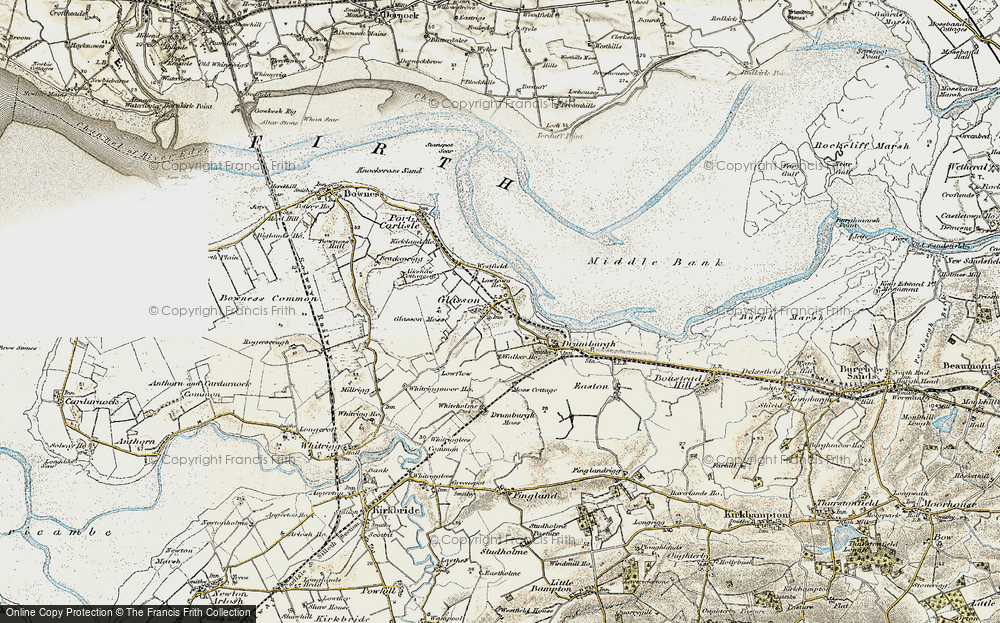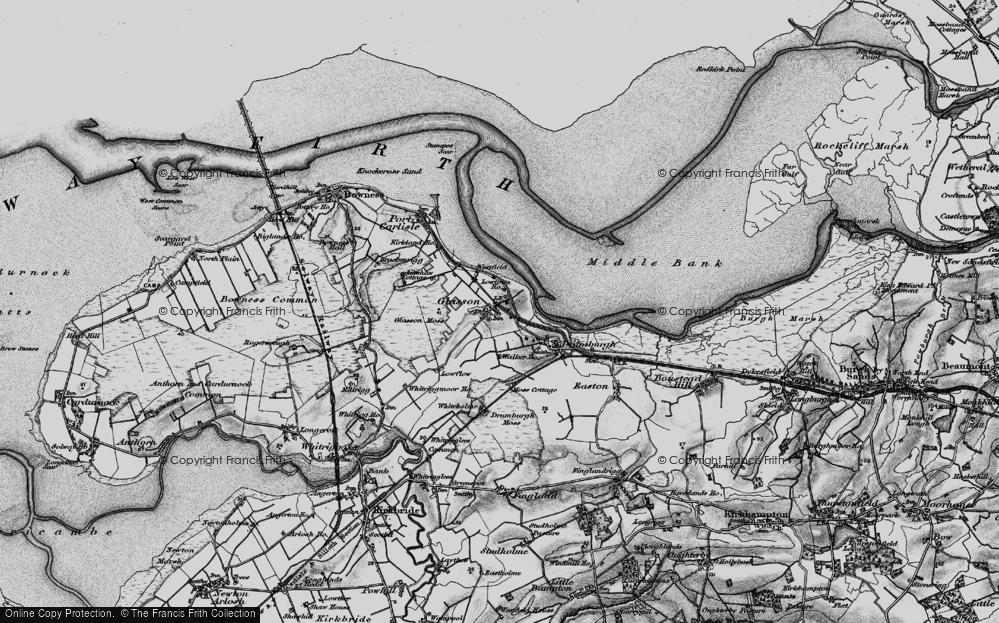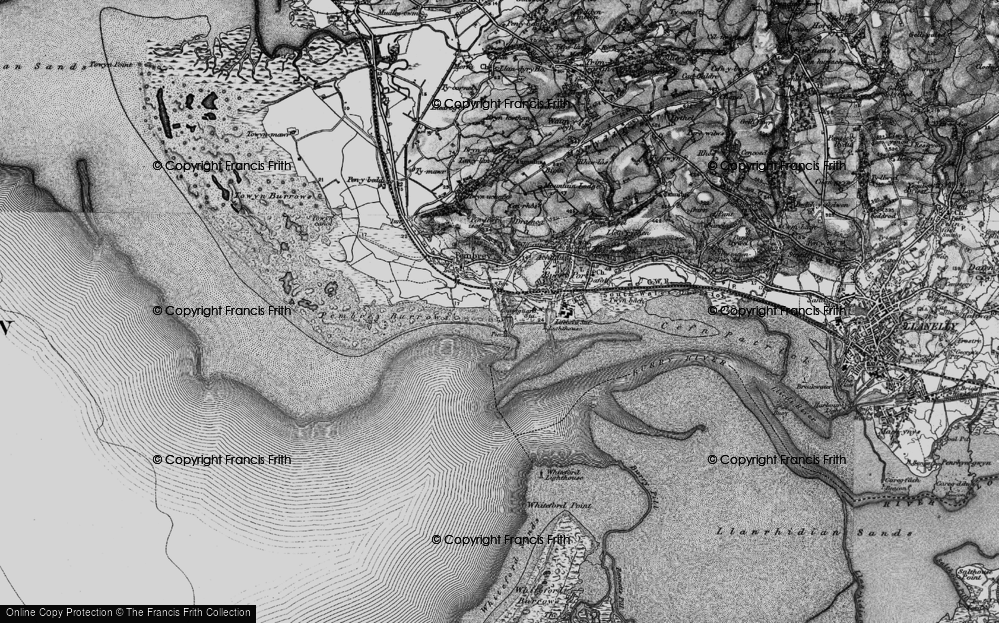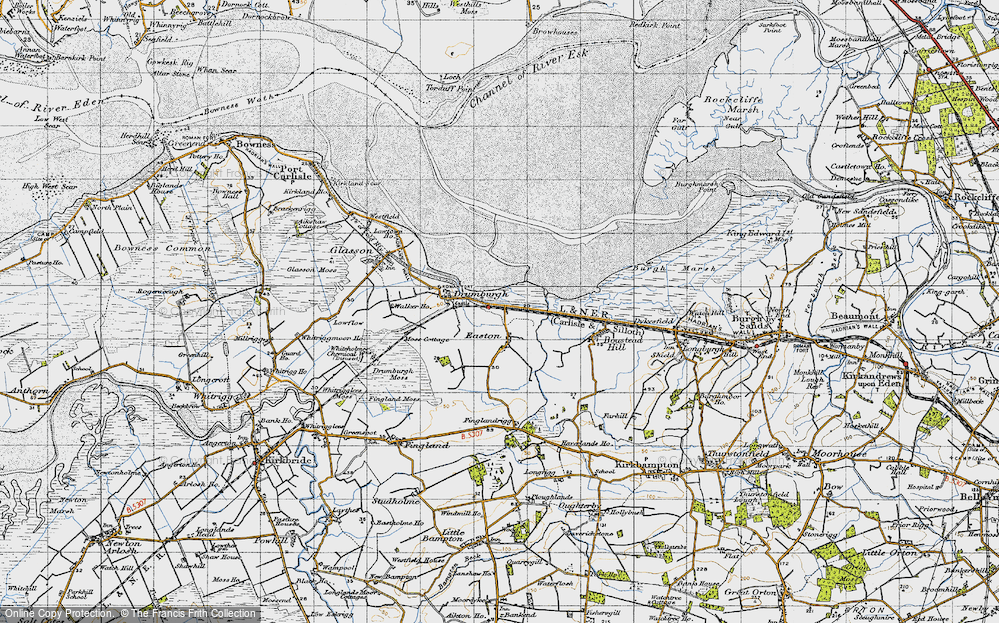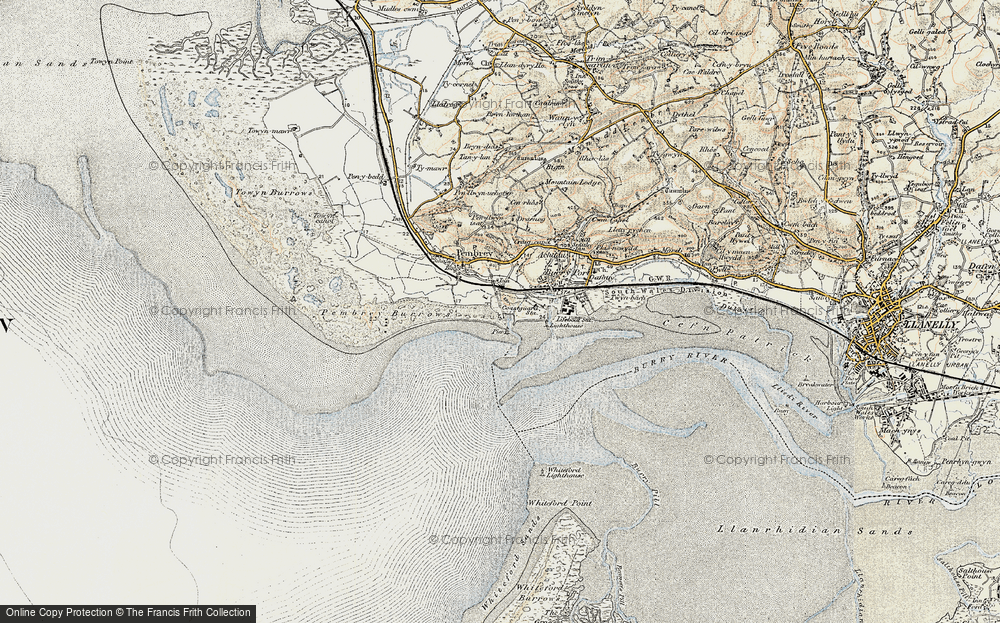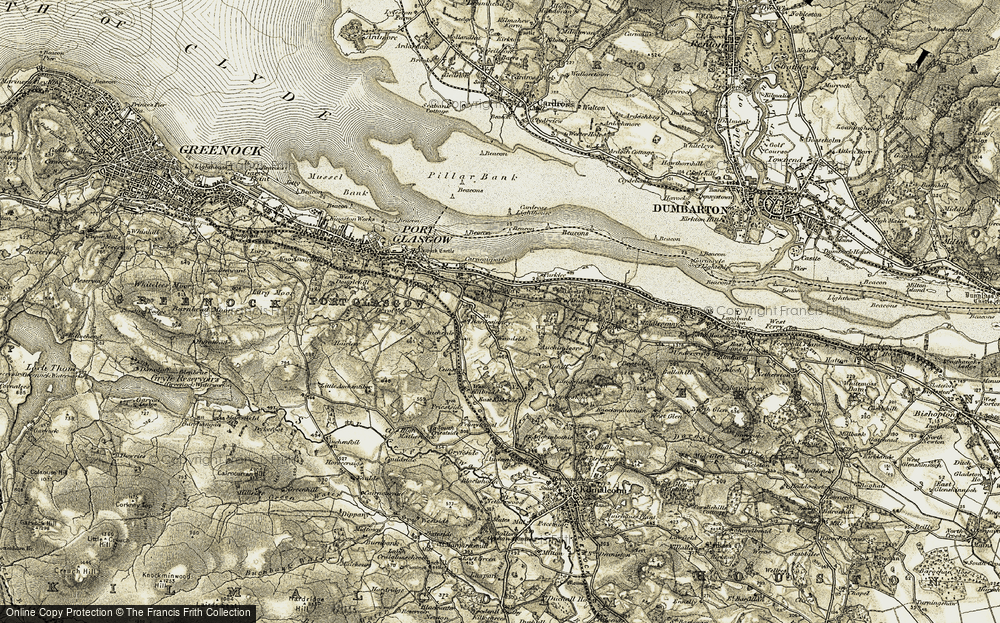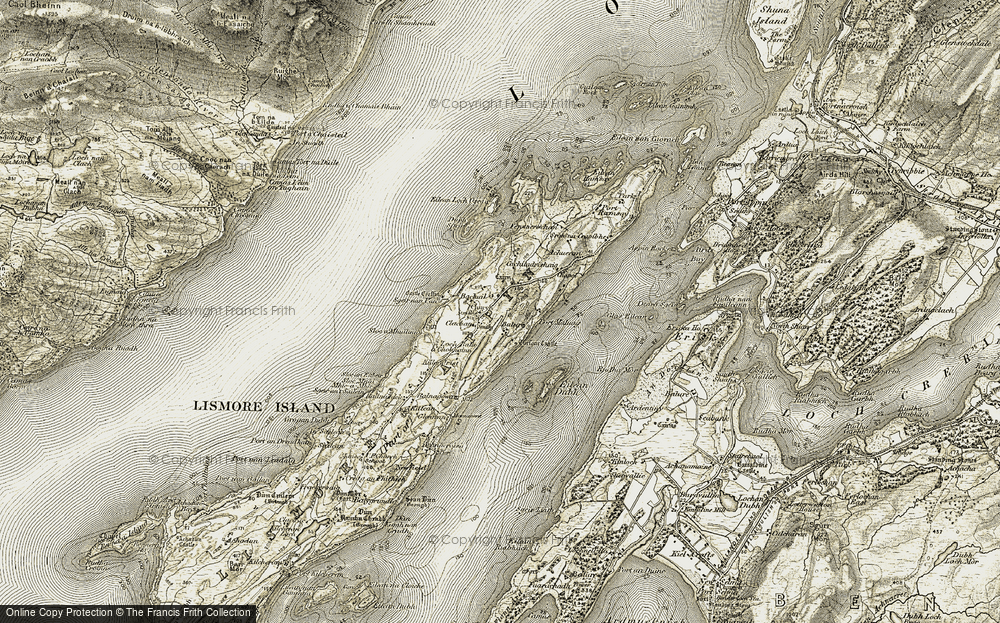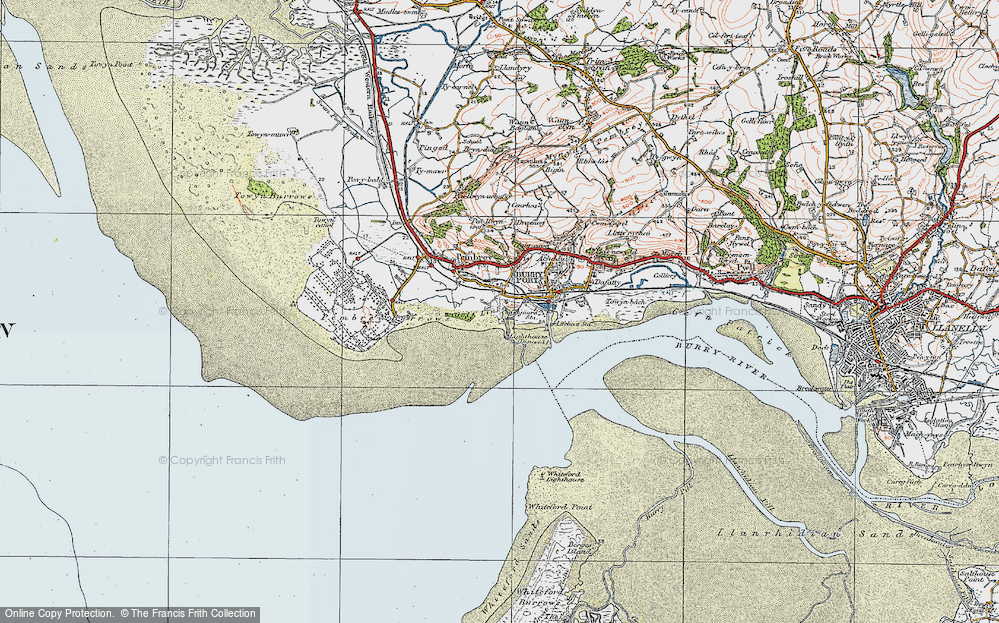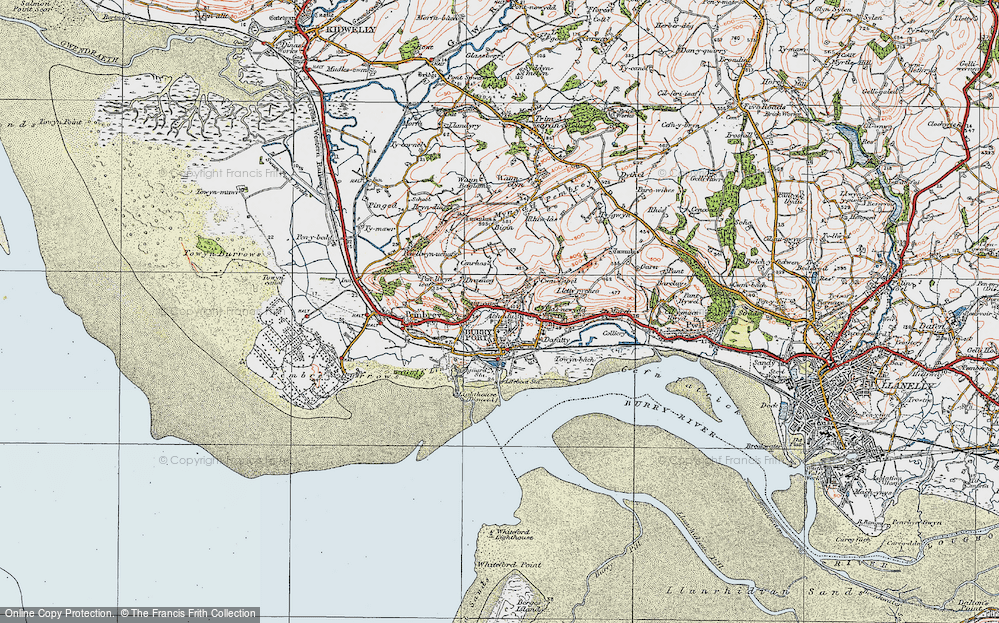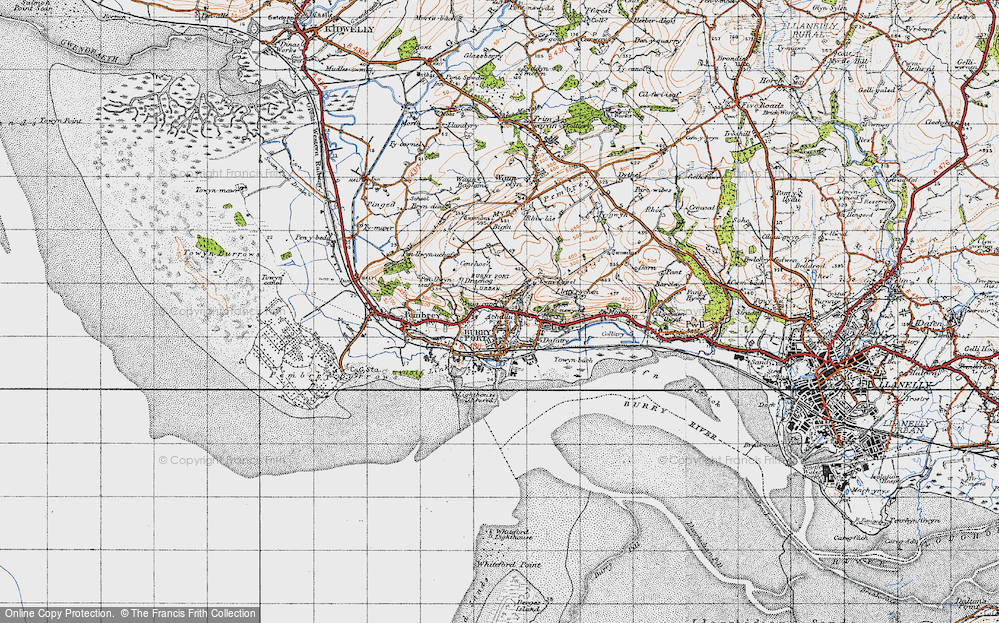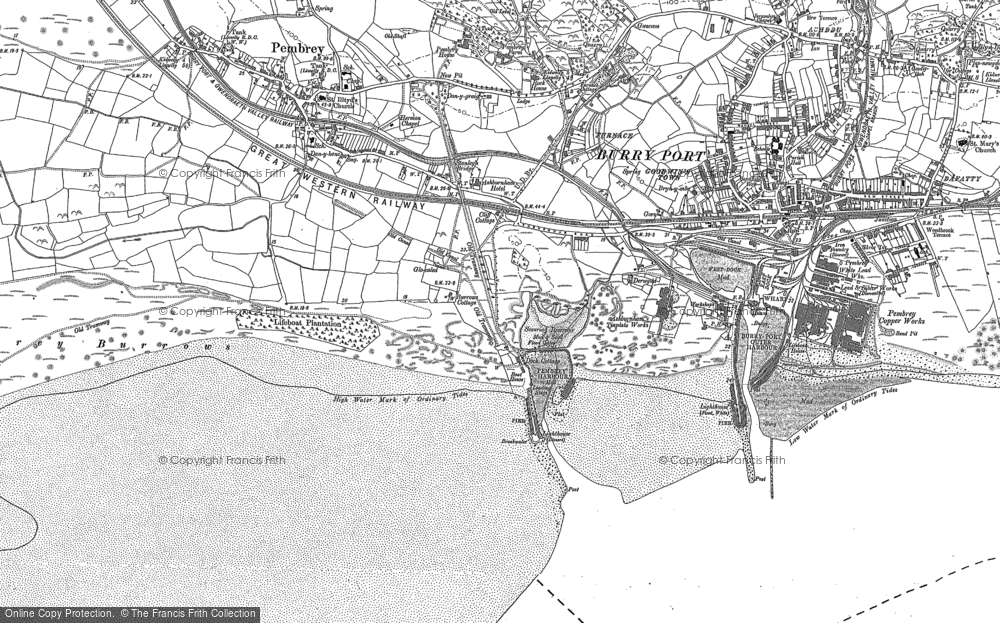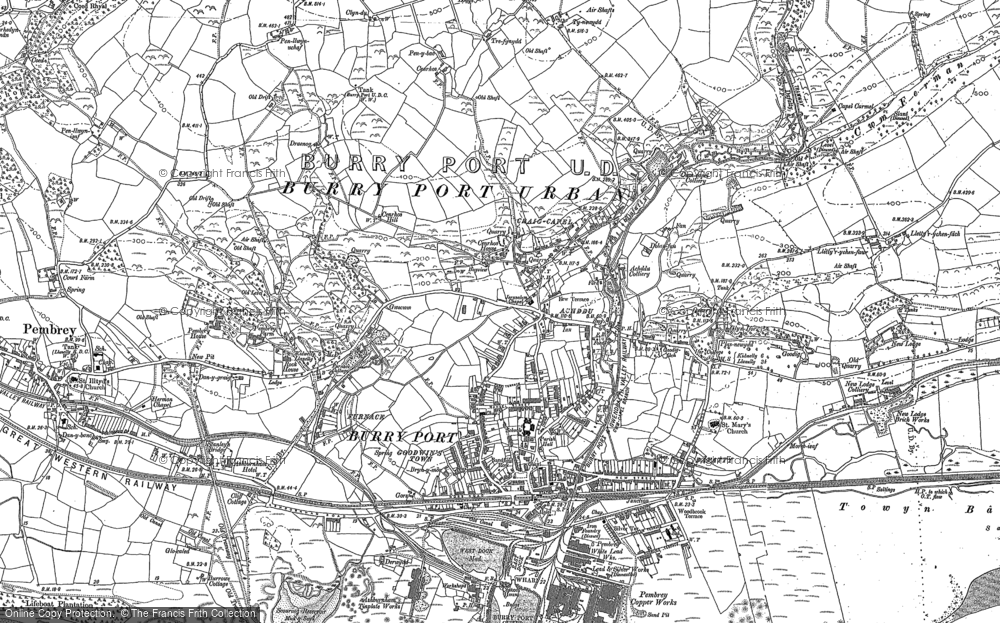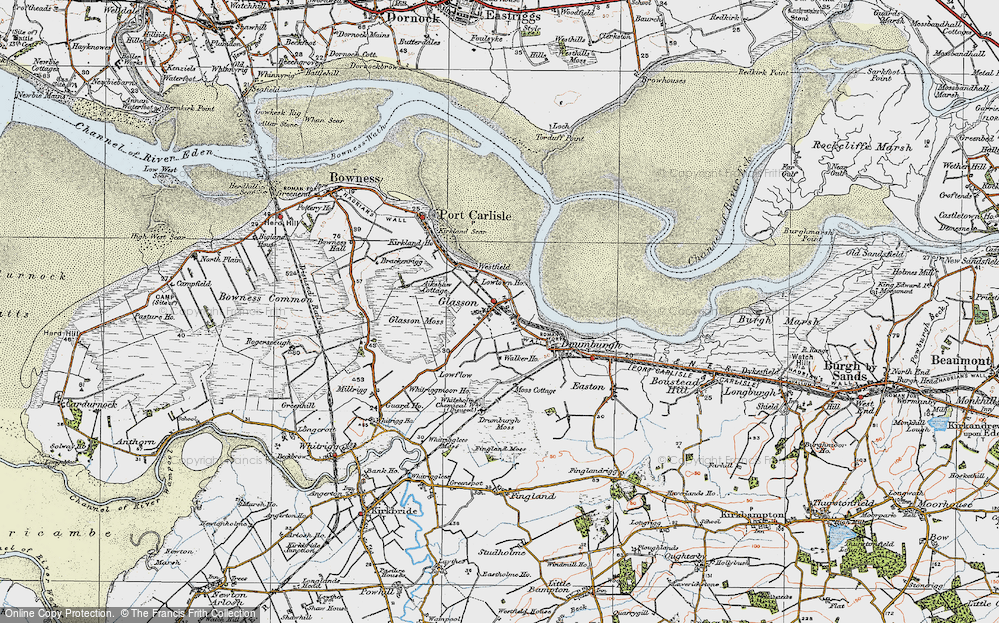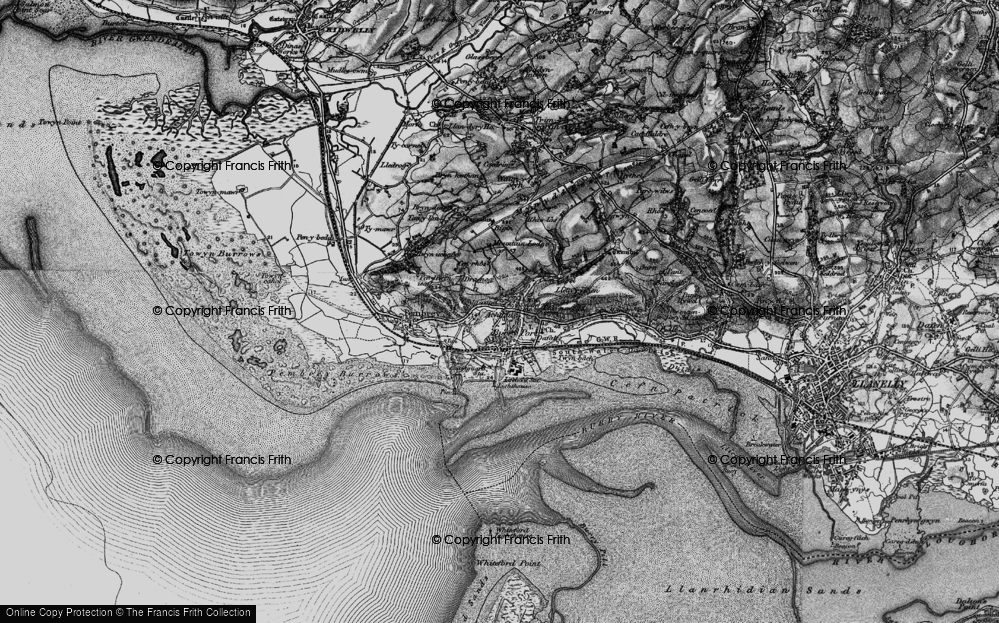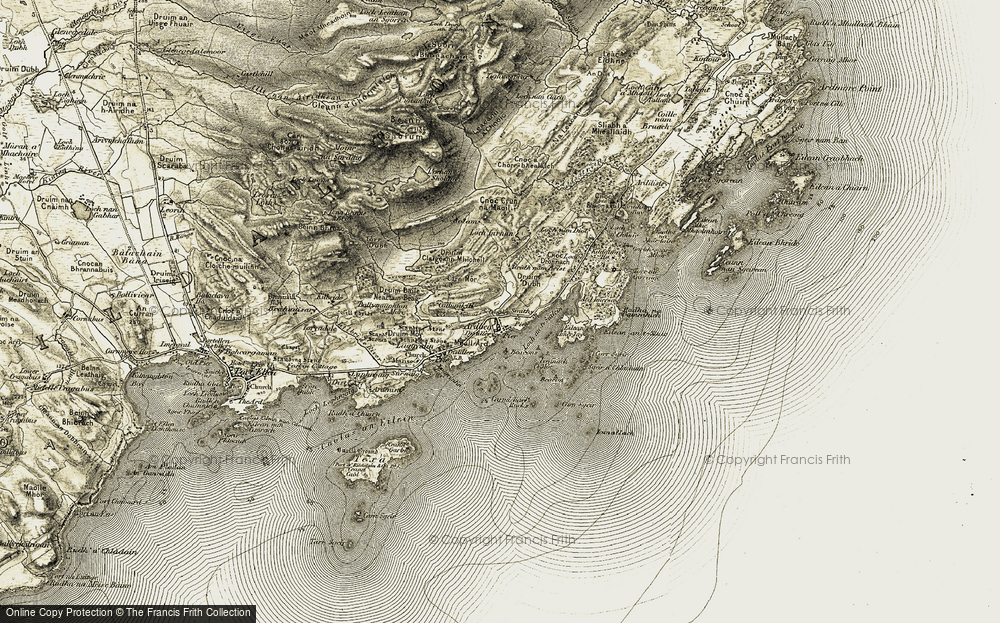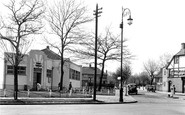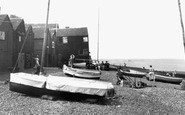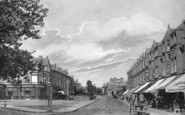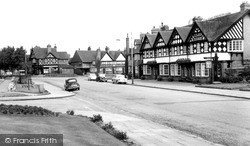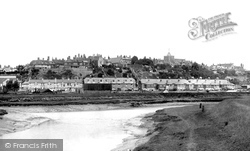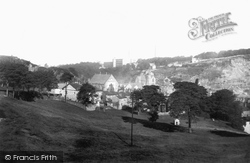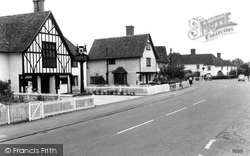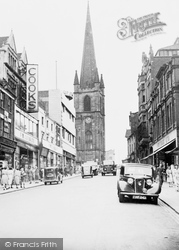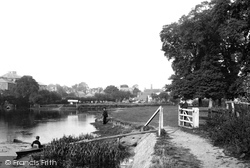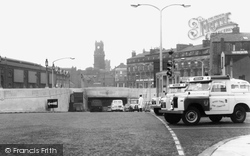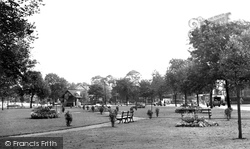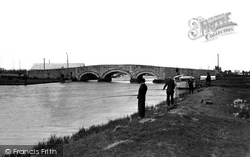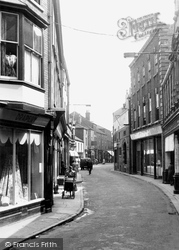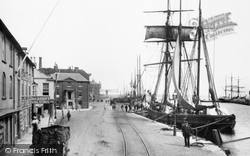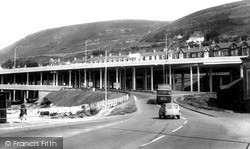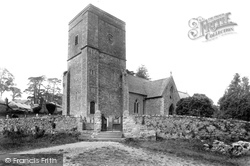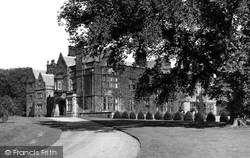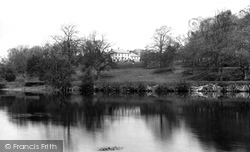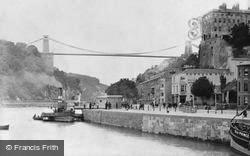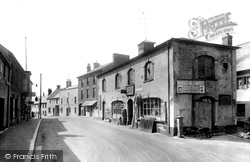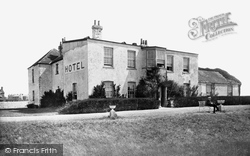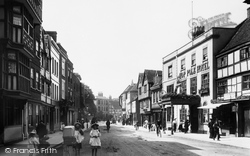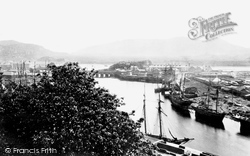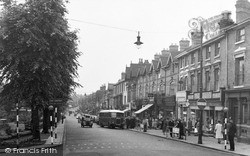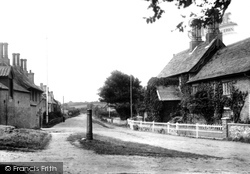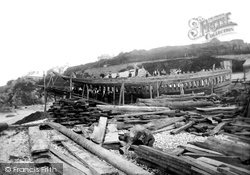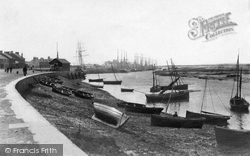Places
Sorry, no places were found that related to your search.
Photos
Sorry, no photos were found that related to your search.
Maps
670 maps found.
Books
4 books found. Showing results 769 to 4.
Memories
1,789 memories found. Showing results 321 to 330.
Mothers Home
blaen has always been special to me as it is the first thing you see when you walk into the house as mountain row is immediately above the railway station in ferndale and the big tip is above ferndale on the llanwonno road it used to be ...Read more
A memory of Blaenllechau by
Mitcham County Grammar School For Boys
Mitcham County Grammar School for Boys Remembered Memory is a selective thing, the best is easy, but the mind glosses over the worst. Some things recollected as certainties turn out to be not quite so. These are ...Read more
A memory of Mitcham by
War Time In Shirley
I was born in Croydon in 1936, and lived In West Way, Shirley. My mother could not bear to part with us, so we lived at home all through the war. A bomb was dropped into the garden next door. After six months it was discovered it had ...Read more
A memory of Shirley by
Northwood Road & Swalecliffe
My mother was 19 when I was born. We were living above The Wool Shop in Swalecliffe, on the corner, opposite the railway bridge I actually have an uncanny memory of that time. I must have been under 2 years old, as we moved ...Read more
A memory of Whitstable by
A Strange Old Bloke
I remember old Folie (his reall name was Skillen) at his house at The Crescent. I can remember he was fond of the company of young folk and would be free with his drink then. His adopted son Tommy suffered a very sad end. There ...Read more
A memory of Portstewart by
Holywell Cross
I lived on Devonshire Street just off Holywell Cross from 1950 to 1963 and I can still remember the area quite vividly. Devonshire Street was a short cut for workers walking to the Trebor factory. Our landlord, Mr Pashley, had a shop ...Read more
A memory of Chesterfield by
Come For A Stroll Back In Time Through South Hackney
Hi Guys , I recently wrote on this site about the childhood memories I have of South Hackney, apparently it triggered quite a lot of interest on Facebook by people who connected with my memories, ...Read more
A memory of South Hackney by
Kingsley School Chelsea
Kingsley Secondary School, Hi, my name is Richard Hood and I attended Kingsley from 1958 to 1964. I have very fond memories of the school together with the many classmates who are fondly remembered. It’s a shame that I lost ...Read more
A memory of Chelsea by
H.L. Austin And Son
I served my apprenticeship 100 yards up Westhill Road, HL Austin and Son, a BLMC dealership. Friday nights I spent a proportion of my wages in the Park Tavern. Run by a wonderful Irish family with a horse and carriage hired out for ...Read more
A memory of Southfields by
Port Sunlight For A Raf Kid
I was born in 1958. My father was in the RAF. His mother, my grandmother lived at 6 Jubilee Crescent Port Sunlight. Whenever we moved from one RAF camp to another we would stay at my Nanas for a couple of weeks, while ...Read more
A memory of Port Sunlight by
Captions
1,058 captions found. Showing results 769 to 792.
Immediately to the left, but out of shot, is the Gladstone Theatre, which was opened as Port Sunlight's first public building by W E Gladstone in 1891.
Rye became a member of the Cinque Ports confederation in 1191, at first as a 'limb' of Hastings. In 1336, it was styled an 'Ancient Town'.
By the 1860s Bollington was thriving, but during the American Civil War the cotton towns of Lancashire, east Cheshire and north Derbyshire felt the effects of the Federal blockade of Confederate ports.
This photograph was taken shortly after the winner's sign (left) was installed in the front garden next to the village hall, and it shows how justified the judges were in making the decision.
Dudley High Street is quite short compared to those in neighbouring towns. This view up towards top church takes in about half of it. The prominence of the church tower is emphasised well.
The gaol had a short life: the assizes were finally lost, and it closed in 1868. A recent use as an arts centre has collapsed, and it remains boarded up (2004).
The houses and shops on the right were pulled down shortly after our photograph was taken.
Behind the photographer is the very large Broadoak Park, home of the Worsley Golf Club; the short road leading to the clubhouse is called Stableford Avenue.
As one old guide book pointed out, 'To every broadsman who quants his wherry along the slow rivers, Acle Bridge is a haven or port of call.
Once Gainsborough was a busy port on the river Trent, and Bridge Street runs parallel to the river.
The building on the middle left is the Customs House, whose officials would have worked around the clock checking vessels arriving from foreign ports for contraband and diseased passengers or crew
The Port Talbot bypass opened in the mid 1960s - for its first 10 years it was the A48(M).
The circular gun-ports at the base of the gatehouse walls are obscured by hedging.
Shortly after this view was taken, the present Lord Gisborough, grandson of Richard and Margaret Chaloner, decided to move out of Gisborough Hall, which was then used as an old people's home
Stone came from local quarries within a short distance from here, and even the clay for bricks was found on his land.
However, they lacked the power of screw tugs, and were heavy on operating costs outside the coal handling ports where fuel was relatively inexpensive.
At the far end of the building is the Court Leet Lock-Up, and a notice reminds the visitor that Coleridge apparently used Watchet as the port where his Ancient Mariner 'stoppeth one of three'.
Littlehampton had been an important port in the Middle Ages and even a Tudor royal shipyard, but it declined until reviving with the canalisation of the Arun in 1723; it was most successful during Victorian
in Charles Dickens's 'Pickwick Papers', when Pickwick and his three companions dine there on their way from Bristol to Birmingham; they consume bottled ale, Madeira and four bottles of port
Several of the port's big fleet of topsail schooners can be seen. These 'western ocean yachts' were built here: they carried slate world-wide, and returned with mixed cargoes.
For a very short time afterwards the Wesleyan Church also served as a drop-in centre.
Not much more than St James's Street is left of Dunwich, once the seat of the Saxon king of East Anglia, and once one of the greatest and most prosperous ports in the country.
It helped make Brixham the greatest fishing port in the land in the 19th century. In the foreground is a mast ready for stepping.
A royal burgh and port, Irvine was, by the 1920s, a town of 7,000 inhabitants.
Places (0)
Photos (0)
Memories (1789)
Books (4)
Maps (670)




